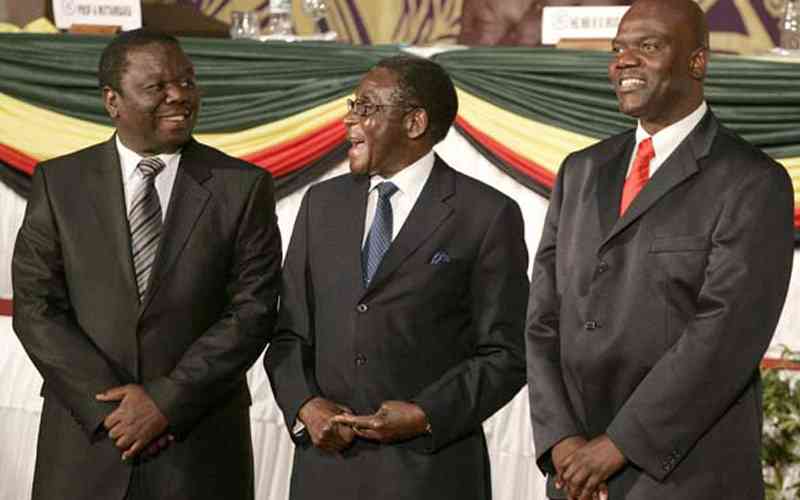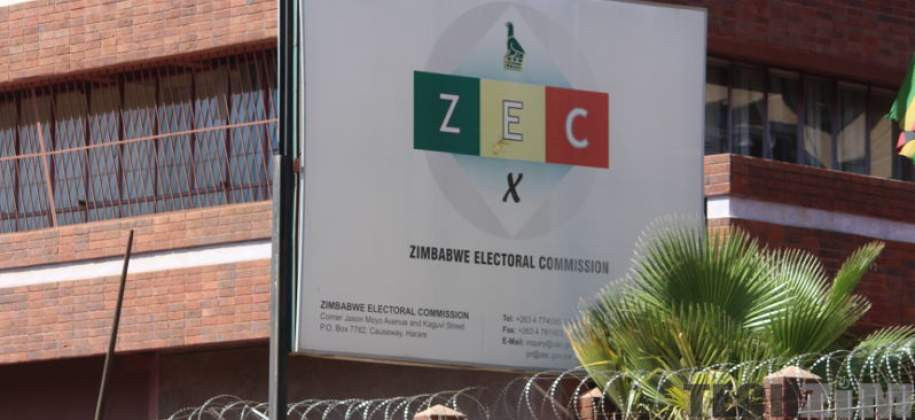
ZIMBABWE is a few months away from the 2023 general election. From 1980, and especially from 2000, elections have always produced contested outcomes. On September 29, 2022, the main opposition, the Citizens Coalition for Change (CCC), launched the Pre-Election Pact on Electoral Reforms (PREPARE) that consists of seven electoral reform demands which should be implemented to ensure that the 2023 and subsequent elections will be credible. However, no meaningful electoral reforms have been implemented.
As Zimbabwe moves towards 2023, there is an amasing depletion of trust in the credibility of the Zimbabwe Electoral Commission. There is a worrisome increase in violence and threats of violence against hthe opposition. These are indications that the 2023 elections are highly likely to be submerged in violence.
There is no grain of doubt that the 2023 elections will produce a contested outcome, again. The toxic polarisation will continue and Zimbabwe will sink deeper and deeper into the bottomless dungeon. It is against this background that we argue that dialogue is the only way to take Zimbabwe out of the dungeon.
We are concerned that while many Zimbabweans believe that dialogue is essential, there are disintegrated and belligerent views about the nature of the dialogue, the actors who should be involved in the dialogue, the values to which the dialogue must be anchored and what the dialogue must seek to achieve. Our goal is to harvest these views and bring out one view which is coherent and capable of taking Zimbabwe out of the dungeon.
We start by taking a critical tour into the history and sites of dialogue in Zimbabwe, starting with the Lancaster House Agreement (LHA) of 1979. The LHA was a negotiated settlement that was necessitated by cumulative factors, especially that none of the parties to the war was able to gain outright military victory. As a negotiated settlement, the nationalist parties were bound to make some painful compromises. The bright side of the LHA is that it facilitated a hhhhhhhh from colonial rule to independence. Its downside is that it insulated an absurdly unequal society in that it prohibited any radical redistribution of land during the first ten years of independence. It also reserved 20 parliamentary seats for the whites. The new government adopted a “policy” of reconciliation and accommodated some of the former Rhodesian elements.
Cumulatively, these factors promoted political and economic stability, but they also enabled the whites to wield enormous power and influence which they used to protect an unjust society. It is delusional to talk about some of the challenges that Zimbabwe is facing today, especially in respect of the land question, without making reference to the LHA. We, therefore, conclude that the LHA played a crucial role in transitioning the country from war to peace, from colonialism to independence; but it also created enduring problems for post-independence Zimbabwe.
The second site of dialogue is the Unity Accord of December 22, 1987. At independence, Zanu PF formed a coalition government with opposition parties. Joshua Nkomo, the PF-ZAPU president, was appointed minister of Home Affairs. However, in the early 1980s, there was an outbreak of dissident activities in Matabeleland and parts of Midlands province. The government blamed Joshua Nkomo and PF-ZAPU for plotting to overthrow it. The state deployed a notorious North Korean trained special unit, the Fifth Brigade, and other security units which committed conscience-wrenching atrocities in what came to be known as Gukurahundi. Conservative estimates suggest that at least 20 000.
Following tortuous negotiations between Zanu PF and PF-ZAPU, a Unity Accord was signed. The two parties agreed to merge under Zanu PF and to establish a legislated one-party state. The bright side of the Unity Accord is that it restored peace and security. This stopped any further loss of lives and livelihoods. It also promoted unity. The dissidents were granted amnesty. PF-ZAPU leaders were accommodated into government and Joshua Nkomo was appointed minister in the office of the president. He was subsequently elevated to the position of vice president, a position that he held until his death. However, the Unity Accord was not negotiated in good faith by Zanu PF. Zanu PF used violence as an instrument to force PF-ZAPU to the negotiating table. Its main objective was to swallow PF-ZAPU and introduce a legislated one-party state, something that was on the top of its agenda since independence. The negotiations that led to the Unity Accord were conducted only by the leaders of the two parties. The ordinary people who were most affected by Gukurahundi were not consulted. The Unity Accord is therefore referred to by scholars as a “shot-gun marriage” an “inter-elite cohesion” or a “marriage of convenience”. For that reason, it completely failed to heal the wounds of Gukurahundi. This explains why, until today, Gukurahundi remains a highly emotive issue.
- Chamisa party defiant after ban
- Village Rhapsody: How Zimbabwe can improve governance
- News in depth: Partisan police force persecutes opposition, shields Zanu PF rogue elements
- Chamisa chilling death threat bishop defiant
Keep Reading
The third site of dialogue is the Government of National Unity (GNU) of 2009-2013. The GNU was made necessary by the ferocious violence that accompanied the 27 June 2008 presidential run-off election. It was, by all accounts, an ignominious election. The bright side of the GNU is that it witnessed the making of the 2013 constitution, the end of political violence and the revival of the derelict economy. However, the negotiations that led to the formation of the GNU were largely limited to political parties. The parties failed to craft a shared, sincere and long-term vision for the country. Each party sought to further its own interests. Relations between the parties remained largely belligerent. Overall, it is clear that each of these experiences of dialogue had a good and a bad side, but there is a tendency to overly focus on the bad side.
This may explain why many Zimbabweans tend to believe that any dialogue that is intended to establish a GNU is not the solution to Zimbabwe’s problems. We argue that dialogue is Zimbabwe’s only way to life, but it has to be approached differently from these past experiences of dialogue. We explain this in the subsequent parts of this series.
Tofa is a senior research associate with the African Leadership Centre. — [email protected] or twitter @DrDrMTofa. Mapfumo is a Research Associate with the African Leadership Centre. — twitter @spearmunya.











